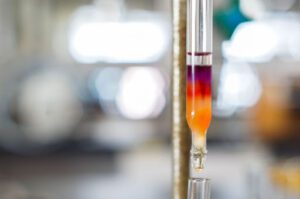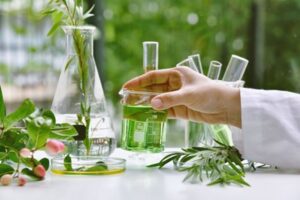
22
Apr '23
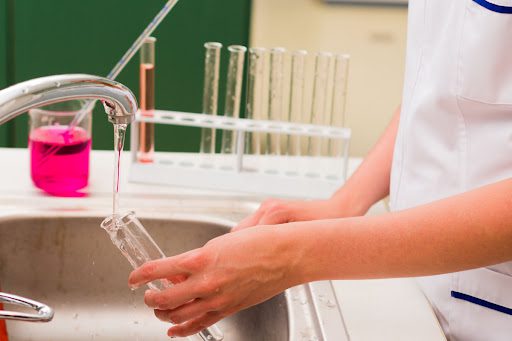
How to Properly Clean Laboratory Glassware
Knowing how to clean lab glassware properly is of utmost importance. The substances in dirty beakers can interfere with future experiments by throwing off readings and creating a number of other problems. If you’re interested in learning how to clean lab glassware, here are five tips you should follow.
Preparation
Cleaning lab glassware as soon as you can is ideal. The longer you wait, the harder it becomes to remove certain residues. In the event you’re unable to clean it immediately, wash it off with water first.
Additionally, you may also need to begin cleaning by sterilizing the glass if it has been contaminated with viruses, bacteria, and other substances. To sterilize your laboratory glassware, place it in a steam oven or autoclave for around half an hour.
Find an Appropriate Cleaning Solution
Knowing how to clean lab glassware is relatively easy when it comes to the cleaning solution, as a variety of different soaps and detergents are suitable. However, some solutions on the market are specially designed to be used with laboratory glassware, so consider using those when available.
In the event your glassware is noticeably cloudy and has coagulated matter, chromic acid can be a useful way to remove it. Chromic acid is highly corrosive, so it’s important to handle it with care. To use it when cleaning lab glassware, fill the glass with the acid and let it stand for several minutes. Although, depending on how much debris is present in the glassware, you may need to let it stand overnight.
Wash the Glass
When washing your laboratory glass, combine your cleaning solution of choice with hot water. To ensure that your flasks, beakers, and other glassware are left as clean as possible for their next applications, it’s important to thoroughly scrub all of their corners with your mixture of warm soapy water.
Additionally, it’s important to choose the right brush to scrub the glassware with. Brushes with wooden or plastic handles are well suited because they will not scratch the surface of the glassware. An older brush with fewer bristles may be more likely to scratch the glass as well, so be sure to have one that is suitable. Scratches can make glass more prone to cracks and breaking, so it’s imperative to wash your glassware as carefully as possible.
Rinse the Glass
An important part of knowing how to clean lab glassware is understanding how essential the rinsing process is. While soapy water will help clean away any debris left behind from the last application, any lingering soapsuds can interfere with future experiments.
To rinse, use running tap water to partially fill your laboratory glassware and empty it out again — repeating the process several times to ensure that it’s clean as possible. Afterward, finish off the rinsing with a bath in distilled water.
Dry the Glass
Learning how to clean lab glassware concludes with the drying process. While it may seem convenient to scrub your glassware down with a paper towel, it can end up contaminating them with fibers. Instead, it’s best to air dry glassware by placing them faced downward in baskets or by resting them on the shelf.
For Quality Laboratory Glassware, Contact At-Mar Glass Today
If you’re searching for professionally-made glassware for your laboratory, At-Mar Glass will have what you need. We offer 18-inch glass domes, solvent stills, and many other high-quality products that will assist you with numerous applications. For additional information and to place an order, contact us today.
Share:
Latest Post

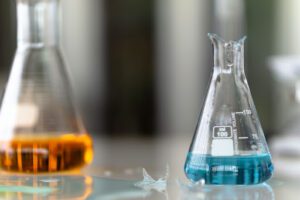
Tips for Safely Disposing Broken Laboratory Glass
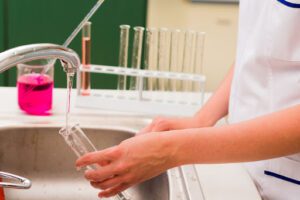
How to Properly Clean Laboratory Glassware
